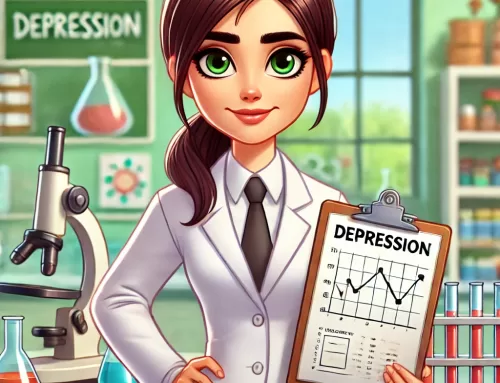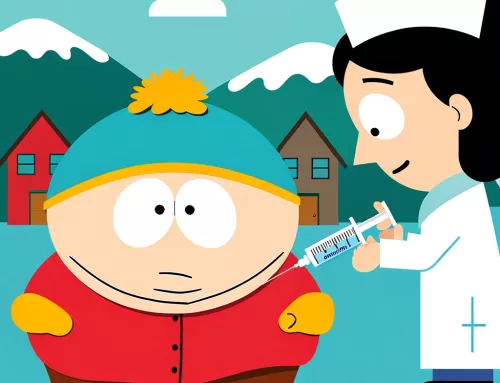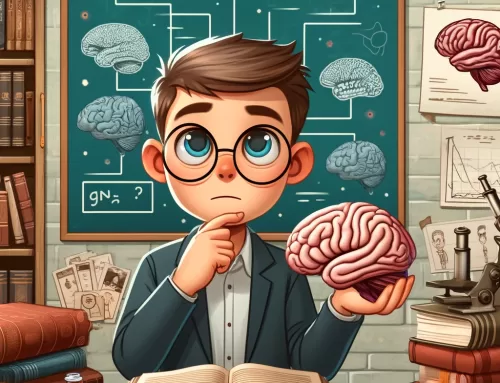According to the CDC, suicides in the U.S. jumped a whopping 33 percent from 1999 to 2019. Many believe that the winter season is when people are the most at-risk for suicide, but the truth is that spring has the highest seasonal average for suicides. Are you, or is someone you know, at risk? bStable offers these insights.
The Truth About Suicide
Every day, an average of 130 Americans commit suicide. Don’t let you or someone you care about become one of them. The truth is that suicide can be prevented. In fact, 93% of adults in a U.S.-based survey think suicide can be prevented.
Learn about the warning signs of suicide, learn what you can do to become emotionally healthy, and start preventing suicide for yourself or for someone you love right now.
Suicide and Depression
Western Michigan University points out that “more than 90 percent of completed suicides had one or more mental disorders, most notably depression.” And the troubling truth is, most of the people who end their lives don’t actually want to die—they just can’t find a way to feel better. But depression, stress, and the other mental issues that lead to suicide are treatable. Though it may be a challenge depending on where you live, if you or someone you know believe you are suffering from a mental disorder, seek out the help of a mental health professional.
Who’s At Risk?
A vast majority of people who are thinking of committing suicide give out warning signs. Learn the risk factors and warning signs of suicide, some of which may not be easy to spot notes SnapClarity, and you can learn how to save a life.
A person who talks about suicide or death may be contemplating taking his or her own life. Talking about being a burden on friends and family, or suggesting that the world would be a better place without them, is a clear indication of suicidal thinking. Impulsive and self-harming behaviors, a lack of interest in making any future plans, giving away prized possessions, and other personality changes are all suicide warning signs.
Untreated depression is a leading cause of suicide. If you or someone you care about is experiencing persistent feelings of hopelessness, loss of interest in activities, insomnia, increased anxiety, or increased irritability, don’t wait until it’s too late. Nearly two-thirds of people who commit suicide are experiencing depression when they take their own lives. Start treating these symptoms right now, before they lead to suicide.
Emotional Wellness
Of course, it’s also important to make counseling a priority if you or a loved one are experiencing major depressive symptoms. A therapist can help you work toward emotional wellness.
Dozens of people commit suicide every day, but this number can be reduced. Pay attention to the warning signs and what’s going on in your own mind. Don’t let stress build up until you become so depressed that you can’t see another way out of your pain. Suicide can be prevented. Know what to look for, know how to treat the symptoms, and know there is always another option. There is always hope.
bStable provides software solutions to optimize communication between patients and their behavioral healthcare providers for those living with mental health disorders. Contact us today for more info! (844) 727-8225 or [email protected]
Special thanks to Dorothy Watson ([email protected]) for this guest article contribution!




